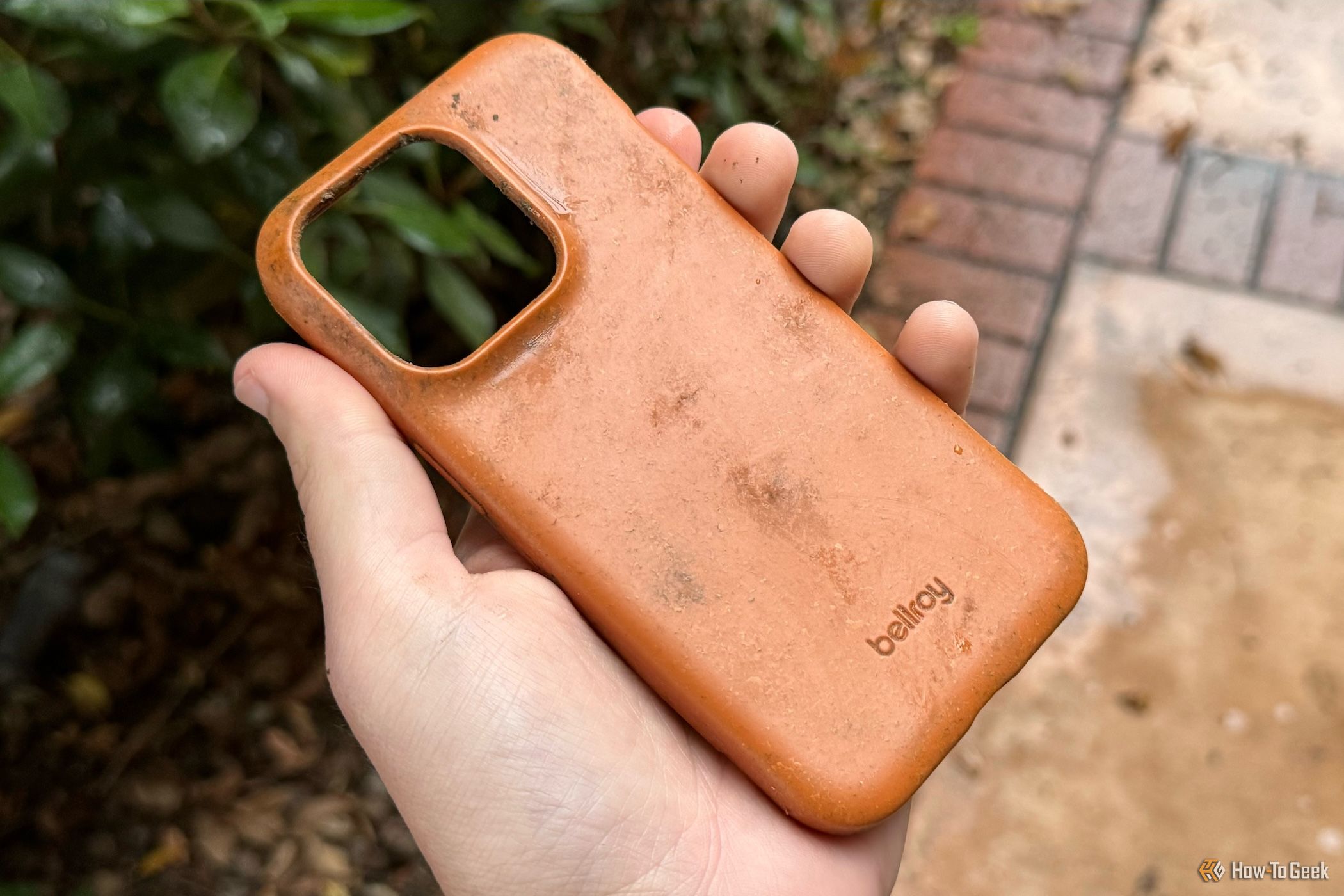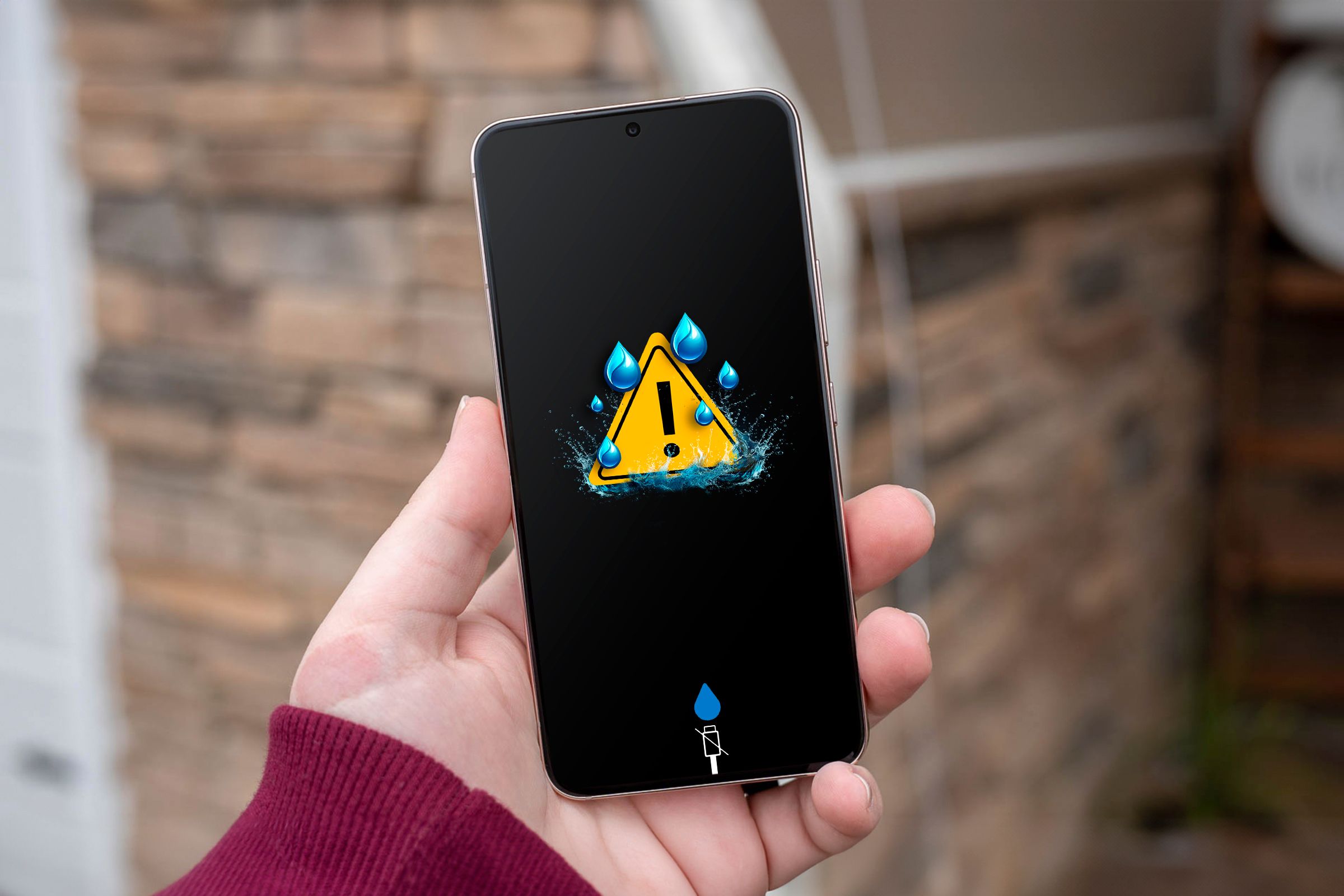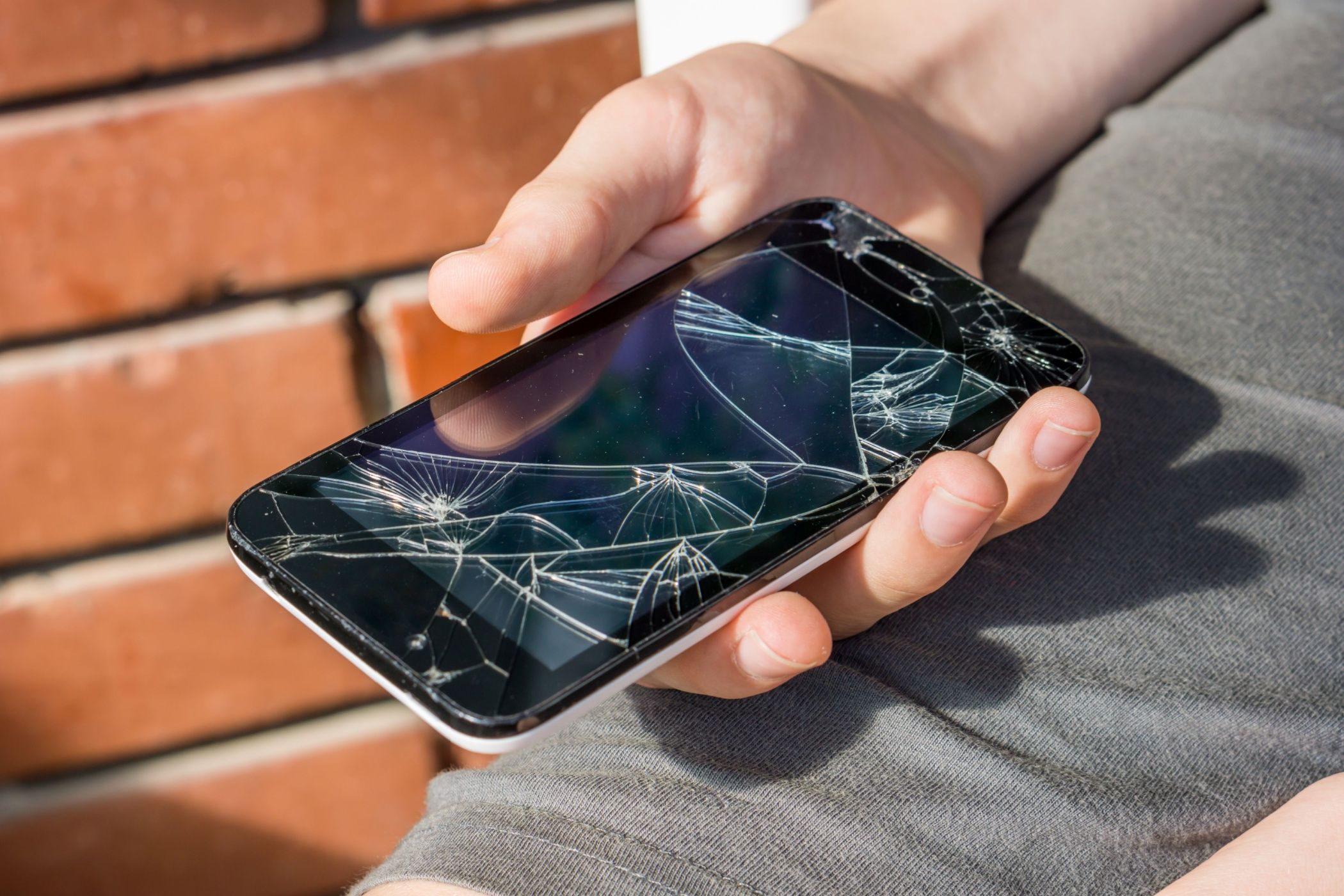Apple took a lot of flak for being the first company to ditch the headphone jack, but maybe smartphone companies haven’t gone far enough. I think they should get rid of all the ports on their phones, and if you think that’s a bad idea, here are my main four reasons why.
4
A Truly Impervious Device
One of the best things to happen to phones is the introduction of proper water resistance. Suddenly, I didn’t have to feel anxious about falling in the pool or getting caught in the rain being an expensive exercise in regret.
However, making phones water-resistant is harder the more ingress points there are, and it’s certainly not perfect. Just ask my poor S21 Ultra, which fell in some shallow seawater and was dead within two weeks.
I’m imagining a phone that’s completely sealed and doesn’t have physical buttons either. You’d still need speaker and microphone ports open to the air, but I think this would make phones much more resistant against dust, spills, and other facts of life that want to ruin your day.

Related
IP Ratings Explained: What Does the Code Mean for Your Devices?
Ever wondered what IP68 means for your gadget? We uncovered what each IP rating code means.
3
Phones Could Be Tough Again
Everyone likes to make jokes about how tough our cellphones used to be, but by and large it’s actually true. Until I bought my first smartphone, I had never experienced a phone break from physical manhandling. My NOKIA 2110i, my NOKIA 6300, and various other hand-me-down phones from my parents have been through the ringer. They fell on a daily basis, I threw them into my backpack without much care, and they just kept trucking.
If someone had asked me if I wanted to buy a cover for my phone then, I would have asked “Why?”, because I just didn’t think of it as a fragile device.
Given the all-glass construction of modern phones, I suspect removing weak points like ports from the frame, and perhaps reinforcing the phones with all-over glass, or with internal buffers, could bring back some of that old-school ruggedness without giving up the high-tech features that make smartphones so popular.
A device that’s completely sealed feels like it could take more of a beating rather than falling in just the wrong way and shattering into a million pieces.

Related
2
Phones Could Be Packed With More Stuff (or Take Up Less Space)
The ports we see on our phones are just the tip of the iceberg. That port takes up precious internal volume, and it has supporting electronics that also take up space inside the system. Not only that, but ports enforce certain dimensions on a device. Most obviously, a phone can’t be any thinner than a port it has.
Getting rid of phone ports could mean phones with more space for cooling, battery capacity, or more advanced components. It would make them less complex, and (I know this is wishful thinking) even a little cheaper.
1
No More Port Jacking
There’s an advantage to removing data ports like USB-C or Lightning when it comes to security and privacy. Malware can be delivered through a compromised charger by “juice jacking” it, and if your phone were to fall into the hands of authorities or someone else you don’t want accessing your data, their main avenue of hacking your phone to unlock it is using its port.
While there’s no doubt that hackers will figure out a way to compromise phones using wireless data connections, having one less option for them to exploit is a good thing in my opinion.

Related
What Is “Juice Jacking”, and Should I Avoid Public Phone Chargers?
Juice jacking is all over the news. Here’s what it is, whether it’s worth worrying about, and how to avoid it entirely.
We Still Need to Solve Some Issues First
While I think that modern smartphones are just about ready to go portless with our fast wireless data transfer tech and fast wireless charging options, there remains one major hurdle—batteries.
Batteries are the primary consumable component in a smarphone, and despite what you might think it’s still affordable and feasible to replace the battery in a mordern phone, which can be unsealed with the right tools and talent. However, a completely sealed portless phone would not be something you could crack open if the idea was to make it a seamless unit.
However, when solid-state or other extremely long-lived battery technologies mature enough for use in phones, that could remove the final barrier to a phone that has no holes in its plans at all.

Related
Inside Honda’s Solid-State Battery Breakthrough
Honda’s solid-state battery tech promises faster charging, longer range, and improved durability, potentially revolutionizing the EV industry.








